There are many gems that make Colorado a state that blends contrasting forces of nature and human development in a way that works. With rugged natural landscapes and high-altitude living, these three places within three hours of Denver have expanded my mind to multi-function possibilities.
There are many different ways Bio-Architectural development is thriving and providing resources for others to learn and get involved in Colorado. Bio-Architectural design is a fairly new and growing movement in architecture where there is a greater emphasis on incorporating the natural world into shaping the material and layout of the buildings.
Bio-Architecture and sustainability tend to go hand in hand with added features like solar panels, more efficient passive heating and cooling, and using material on site saving transportation oil usage. These three places include a non-profit, residence on National Forest land, and a Government research building/museum, which are all free and open for anyone to explore.
Mission Wolf
A little on the outskirts of Great Sand Dunes National Park lies a remote sustainable educational center called Mission Wolf. The architect and founder Kent designed this wolf sanctuary with mostly recycled or donated material to provide a village-like surrounding that takes care of abandoned wolves.
I had an opportunity to volunteer with a conservation corps program where we helped feed the wolves donated horse meat and lay flagstones for a path around the property. How Kent described it is the wolves have been owned and attempted to be domesticated by owners around the states.
However because that is extremely difficult due to the free nature of the animal, they were given to Mission Wolf to properly provide a place for them to roam, be fed properly, and live with other wolves.
A wolf that was in the movie Twilight was given to the sanctuary after filming was complete as well. The 5-acre property has open hours where you can take a tour, which features geodesic greenhouses, solar panels, and a home that looks like a wolf.
There are also teepees for volunteers who decide to stay longer than 2 weeks, and a wolf area where you can sit and have a few wolves come up to you. Behind the property is also over 300 acres of land that many of the other wolves roam.
Bishop’s Castle
If dragons and medieval architecture are more you’re calling, Bishop’s Castle may be just the place to satisfy your curiosity. This 160 feet tall building is the only residence open to the public located in the San Isabel National Forest in southern Colorado. This elaborate castle was made by one man Jim Bishop, over a span of 40 years.
Made mostly of native stone that was extracted from adjacent national forest land, this castle fortress also includes intricate iron bridges and tall spiral staircases you can explore up to geodesic platforms overlooking the surrounding mountains. Inside includes a fireplace in the ballroom with stained glass windows.
Don’t miss checking out the dragon’s head made from recycled metal hospital trays you can climb to when it’s not shooting fire from a hot air balloon burner and connected fireplace vent.
Mesa Laboratory
In the foothills of the Rockies lies a blend of modern and ancient architecture known as the Mesa Laboratory or NCAR Center. This climate research building was designed in 1961 by Chinese American architect I.M. Pei who drew inspiration from the Mesa Verde cliff dwellings of the Pueblo Indians. This space features clay cube-like structures that resemble the color and feel of the surrounding Flatirons.
Inside the visitor center features a museum space with a ton of climate interactive learning activities, a small replica of the property, and old satellites and telescopes used by the researchers. Free parking is difficult to come by in Boulder but here there are plenty of spots along with many hiking and climbing opportunities behind the building such as the Mesa Trail.
Bear Peak also is a 3-hour moderate to difficult hike with incredible views of Boulder and the surrounding Rockies and can be accessed through the Mesa trail.

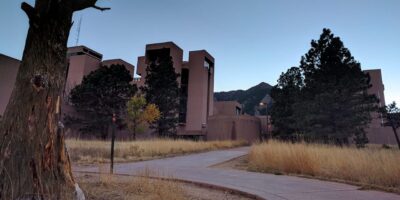
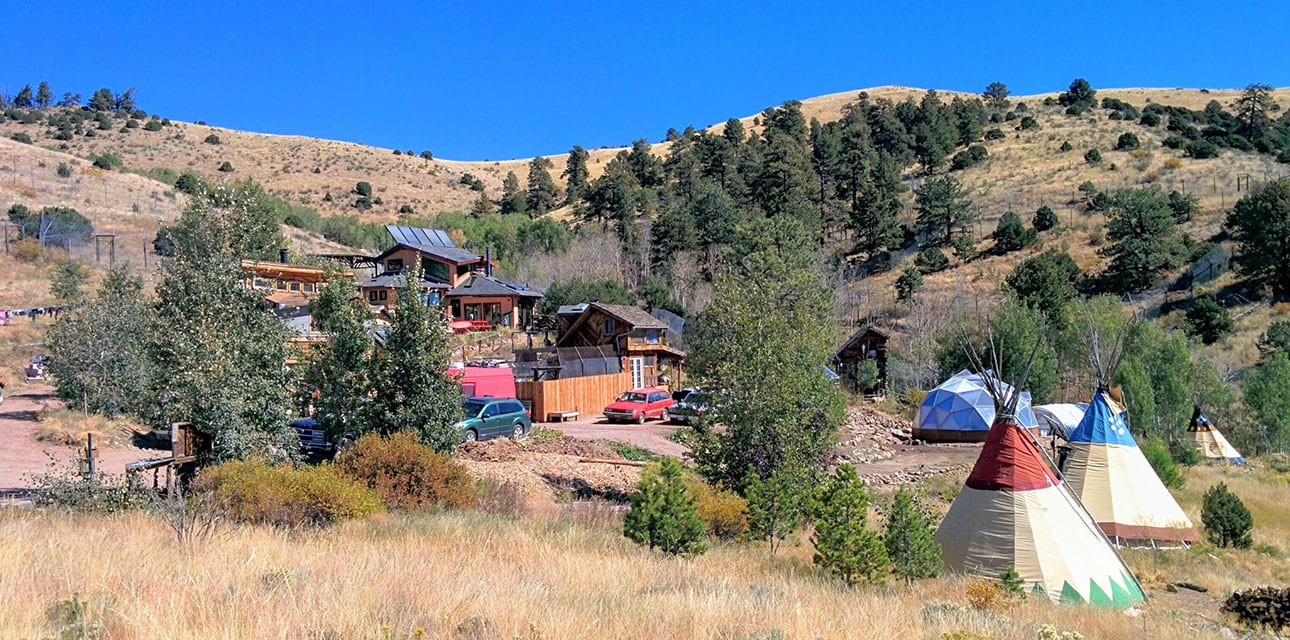
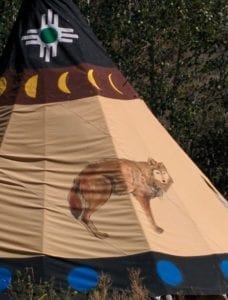
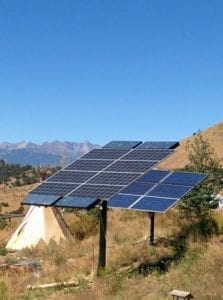
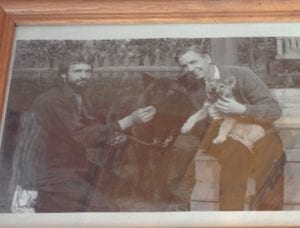
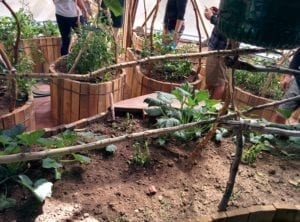
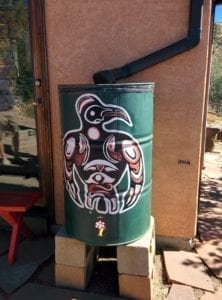
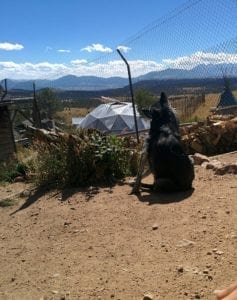
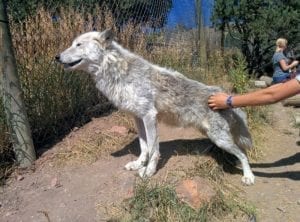
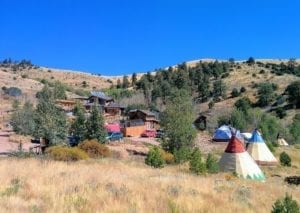
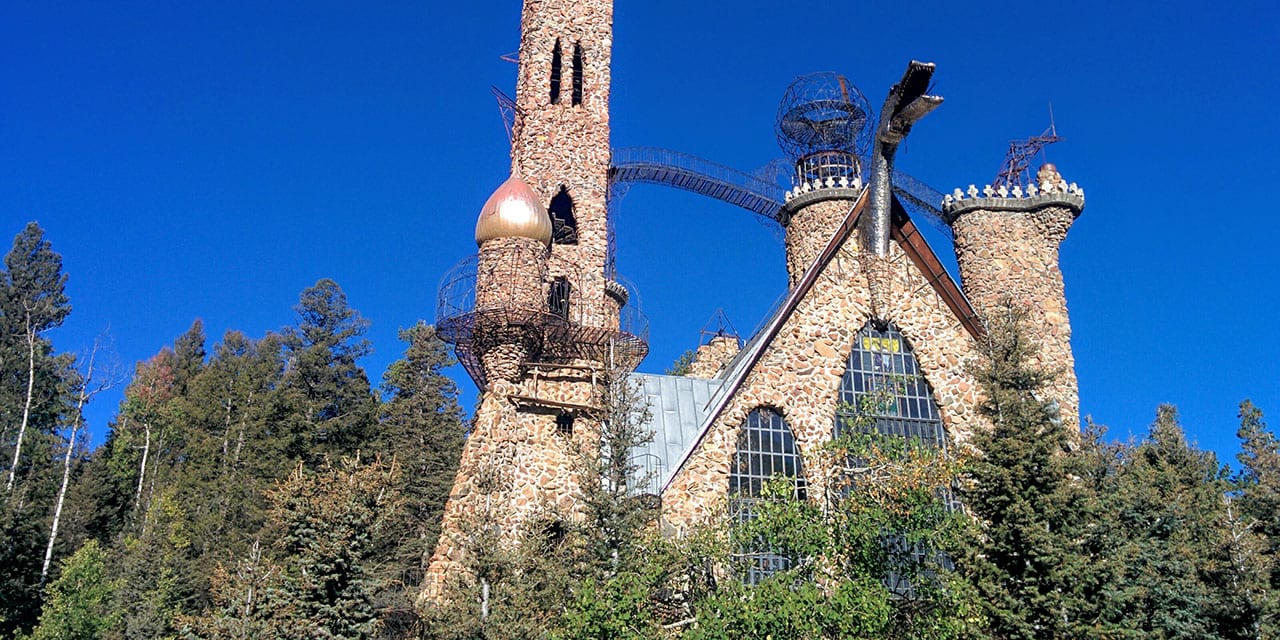
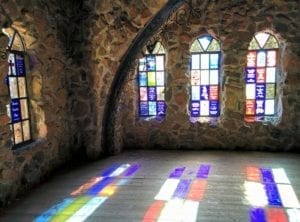
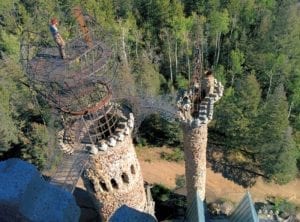
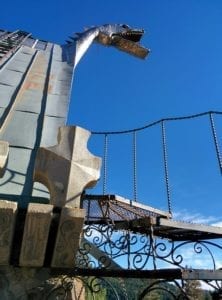
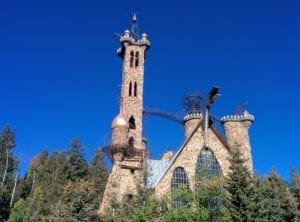
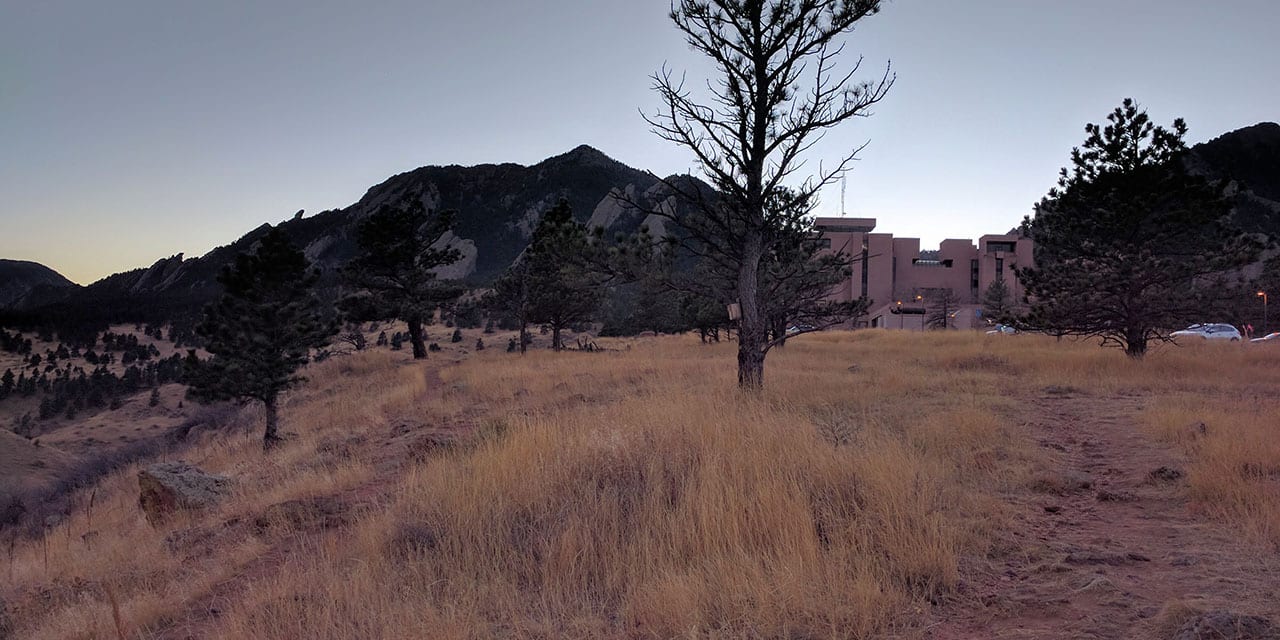
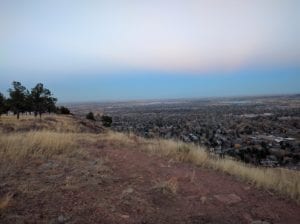
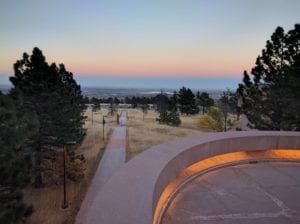
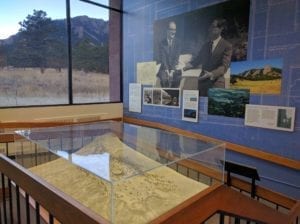
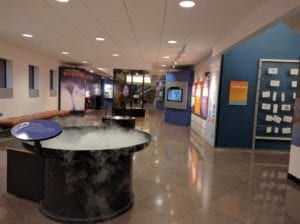
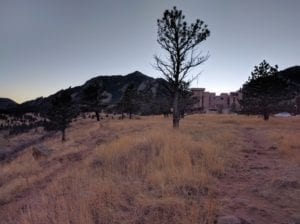
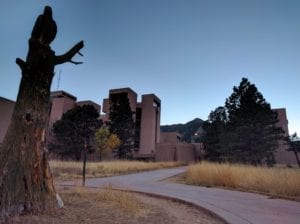
 Snow-free Winter Hike on Sand Canyon Trail
Snow-free Winter Hike on Sand Canyon Trail